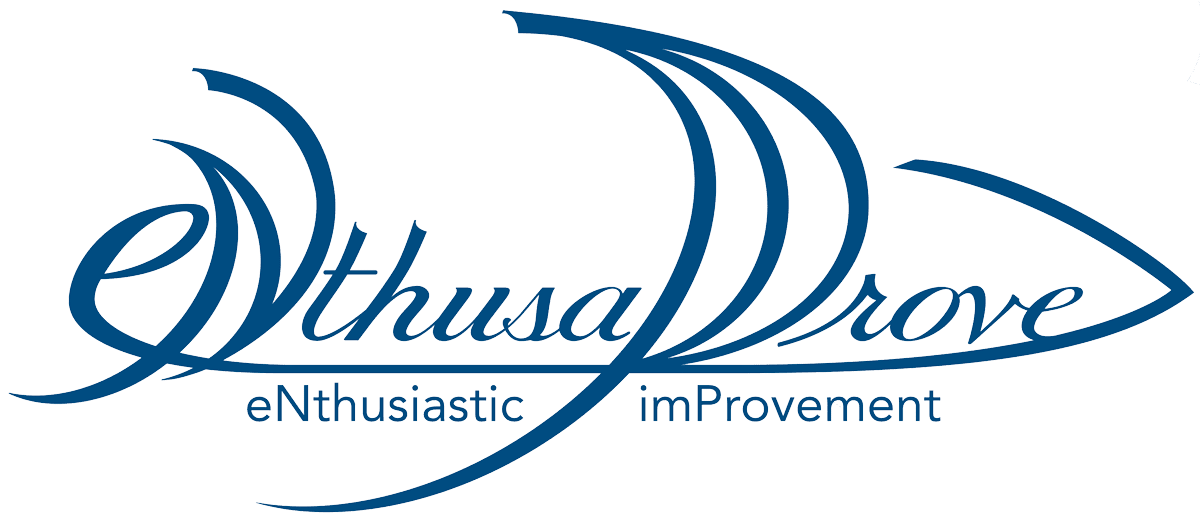When you report to the CEO/President/General Manager, what is your role when you walk into that Leadership Team meeting? You are part of the leadership team and you have your project team, the people that make your part of the mission a reality.
Where is your primary allegiance, to your project team or the leadership team? What is your role in each case?
Patrick Lencioni, in his book, The Five Dysfunctions of a Team, makes a powerful point for leadership teams. He challenges the executive leaders to be THE leadership TEAM.
The Leadership Team: Acting for Our Collective Good
What does it mean to be a leadership team? My translation of his great advice from Lencioni is this: When I am a member of a leadership team (one of several leaders reporting to the CEO/President/General Manager) then my dialogue and discussion have to be conducted with the mindset that this leadership team is my primary team… that my peers and I are a team of leaders that need to make a consolidated, concurred decision.
My job is to act for the good of the organization. I may represent my department, but in the Leadership Team, I am not the representative of their department. My job is to work with the other Leadership Team members to guide the organization’s purpose, and then discern how my department can connect, create value and contribute towards that purpose.
The Leadership Team is a team. It’s not the Senate or House of Representatives of the organization.
When we as leaders assume that our role is to be the senator representing those we lead, we open up the likelihood that our role will morph from leader to defender.
We may even think that this is our job, but there is a dangerous dark side to this seemingly good role.
Industrial Site Case Study: Housekeeping Checks
 I recently toured an industrial site and spoke with a man whose job included doing what are called “housekeeping checks”. These checks included:
I recently toured an industrial site and spoke with a man whose job included doing what are called “housekeeping checks”. These checks included:
- Walkthrough inspections to ensure that work areas were well maintained
- Making sure that equipment inspections were routinely done
- Ensuring that inventory and staged equipment was properly tagged and stored
- Conducting safety checks to prevent trip and falls and other accidents
He pointed out to me that one area that had been getting perfect scores was starting to get some less than glowing housekeeping check scores.
The manager of that area immediately went into ‘defend his people’ mode.
He challenged the inspector and was quick to regale him about how ‘his people’ had always done a great job. He immediately put the conversation into a “you versus us” tone.
Thankfully, the inspector acknowledged the manager’s stance as being the “area senator.” He wanted to steer it away from a “you versus me” emotional conversation, so he shared some pictures of what he saw. This subtle move was very effective because it focused the conversation on the matter at hand which was ensuring that the work area was indeed safe, that the equipment was indeed safe, and that the people in that area were best positioned to be effective, and of course, protected from harm.
The manager of the area quickly recognized that, for whatever reason, he and his team had become lax in a few areas of maintaining their spaces. He thanked the inspector for making that clear.
The manager realized how assuming his first job was to defend his people, had actually blinded him to how he could improve serving his people.
The Dual Role of Leaders
We have to have a different approach between the leadership team and our project team. It can be a tough balancing act.
As serving leaders in our project teams, our job is to serve our people with ways to connect, create value and then contribute that value to its purpose.
As part of the leadership team of the organization, our job is to serve the purpose of the organization as a member of the leadership team.
While yes, we do in ways represent the function on the leadership team, we are not there to defend our team but to look for ways to lead our team, to enable joy for our team. If we are the operations manager, we need to serve the leadership team with our keen and unique perspective of operations when making organizational decisions. But we aren’t the operations department defense attorney, or the senator from operations, looking out for our own department’s good at the expense of what is best for the organization.
The Power of Enabling Joy
This is why enabling joy is such a powerful concept. When we act with the intention to enable joy, we move away from the typical defensive and fear-based modes of thinking.
- Our pursuit to be connected works both up and down the chain of command.
- Our pursuit of how to best create value serves the leadership team in concert with serving our own team.
- When looking for how to contribute that value we see ways to best match the unique value of our own department or team with the overall value of the organization’s mission.
So, while there are many great reasons to run a country with a representative republic form of government, it is not our role as members of the leadership team.





